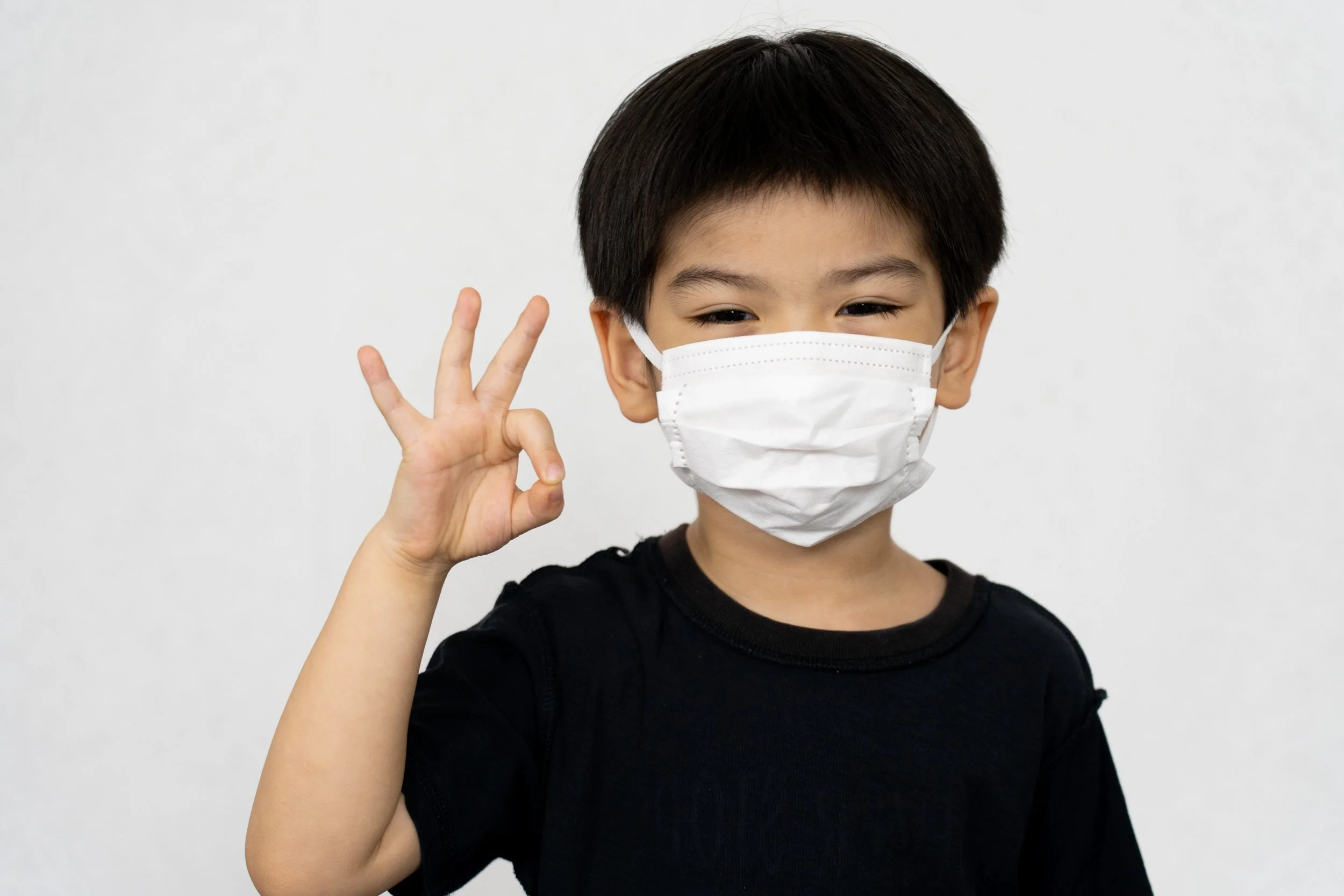Social Emotional Learning at Any Age
Social Emotional Learning – Things We Might Have Missed in School
Working with vulnerable children and adults demands different standards and a more sensitive approach to a lack of or lowered levels of resilience. In a vital and vibrant group such as a classroom immediately following the lock down related to COVID-19, we are finding that many children and young adults are contending with an inability to socialize with good boundaries and necessary analytical skills. This is not a mystery and almost every parent or teacher can concur.
The children in my most recent class, which ran for six 60-minute sessions and dealt with the primary issue of bullying; its resolution and solutions related to good cognitive and behavioral choices, could not have come from a more difficult and vulnerable background. They attend a charter school in one California city that has one of the highest crime rates in the entire United States. In many cases their parents are absent or inattentive in parental duties and we find that the parents themselves were raised in less-than-optimal situations.
Despite this, the children’s cognition developed well and they exhibited, in most cases, a need and desire to learn, and understood the lessons related to chain analysis of behavior. As applied here, chain analysis of behavior is a non-judgmental, self-assessing, program of reflection on behavioral problems and possible solutions in conflictual environments and vulnerable communities. It is known to reduce recidivism and may support an improved adult lifestyle.
.The children were aged 11 and 12. The group is represented by 50% male and 44% female identified individuals. To clarify, one of the children was beginning to identify as trans and offered two names, one male and one female on their papers, though not in conversation.
6th grade children are noteworthy for an increase in hormonal development, an increase in attentions paid to social behaviors and standing and begin a bridge from childhood to adolescence with an increase in social and family responsibilities. Many of the children present in this class of approximately 28, were responsible for care of siblings after school.
Two points, that I believe are necessary to note currently. The first is that these care-giving children may become the overly-parentified or “Little Parents” I have researched in my work. This type often becomes identified with “control freak” behavior because of high levels of age-inappropriate responsibility without the necessary support of an adult or training. This type of personality which begins to surface later in the teenage years, leads to lower self-esteem, higher anxiety, increased overreaction to social cues and the belief that only they “know the answers.” Though these people may accomplish much in life, they tend to have a negative influence on adult siblings and coworkers when working to control new environments.
The second and perhaps more concerning point is that the children may not have continuity in their schooling due to the conditions at home. Home may be a vehicle or tent, is often transitory, and highly emotional. Attendance fluctuates among students in this classroom, and many did not disclose to me the reason when they return. They are not truants with self-agency but may be unable to manage relative to poor conditions at home.
As part of a voluntary presentation by students in the classroom, we learn that the children “love” the school, think it better than any other school they have attended, self-report to learn much more, receive better attention from their teachers, and like coming to school.
The school provides a good education as evidenced by verbal outputs, and stability within its walls, two-plus meals each day, a high standard concerning personal behavior, a ready group of therapists if requested, a highly developed “community of health” approach to red flag cases, and a positive launch towards accomplishment and motivation. This is truly a place of refuge and safety for many of the students.
Good role modeling is an essential goal in this institution for teachers, administrators, and students. Ironically, this school cannot “throw money at a problem” but works exceedingly well with an emphasis on positive interactions, education, and critical support. Discipline is all about positive talking structures, based on reflection, guiding narratives, and higher levels of role responsibility within the school and out.
I am grateful, honored, and educated by the participation of these students in my program drawn from my decades long work with vulnerable populations, using psycho-educational rather than therapeutic approaches.
Dr. Shawn Michael Nichols
